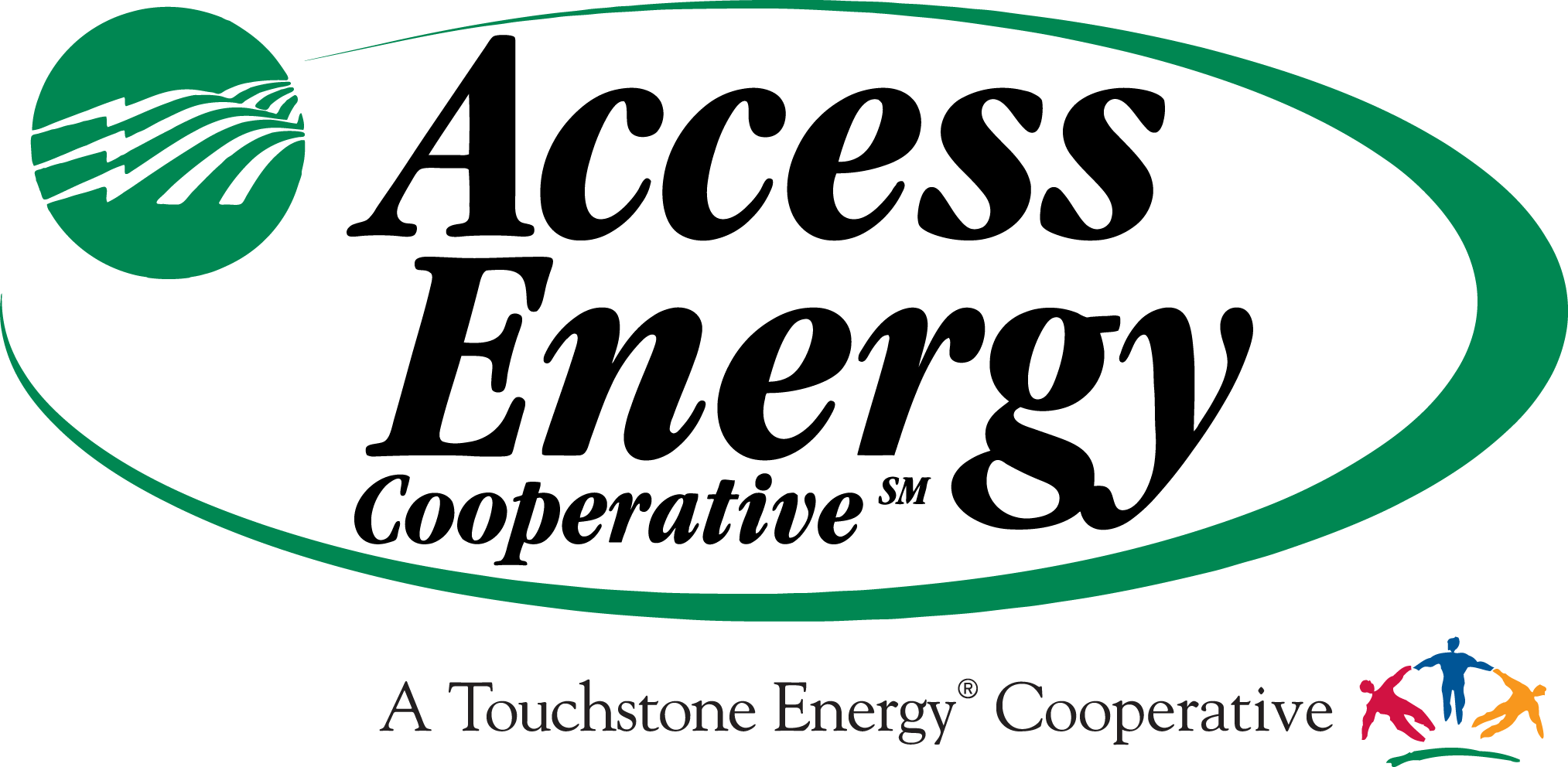Article provided by Questline
Lighting is critical to the operations of indoor growth facilities, but it's also a significant operating expense. However, as one greenhouse operator discovered, smart, energy-efficient LED lighting can provide the kind of energy savings and improved plant production that you can really grow accustomed to.
Light failure
Mans Organics, a certified-organic family farm in Alberta, Canada, used high-pressure sodium (HPS) lights in one area of its one-acre greenhouse for propagation. Although no bulbs required replacing during the three years they were installed, there was a high failure rate with the 450-volt ballasts. Of the 10 units there were 14 failures during two seasons of propagation. So the owners decided to test LEDs.
LEDs branch out
Mans Organics selected a grow light solution comprised of LED hardware and cloud-base software. LED grow lights generate light energy mainly in the red and blue color range to maximize chlorophyll absorption and photosynthetic growth. After a successful propagation trial, 70 LED fixtures were installed to light 2,500 square feet of the tomato production area. The software allowed adjustment of the lights' spectrum and monitoring of energy usage.
The company discovered there was stress and leaf damage from transitioning from low-light to full lighting conditions. The software allowed programming a transition period to avoid this problem.
The red and blue light levels were reduced to 40% of their full capacity for five days and then increased to 50% for another two days. By day eight, all spectrums were at 100% of their capacity. The new growth was dark green and healthy with higher yield.
The software also allowed programing the light to simulate sunrise. Lights were turned on at 50% capacity for the first hour then increased to full capacity for the rest of the day.
Growing patterns
Other benefits of smart LEDs include:
- Shorter harvesting times. Tomatoes were harvested 15 days earlier than those grown under no lighting, getting to market sooner.
- Savings on greenhouse heating and lighting electricity. Energy consumption was reduced by 50% because of shorter turn times and less time waiting for fruit to ripen.
- Flexibility. Growing zones can be reconfigured quickly and easily and spectrums adjusted to meet the needs of multiple crops simultaneously.
Growing organic crops requires maintaining a crop rotation schedule to optimize soil health. Smart LEDs allow using part of the greenhouse for seed propagation for several weeks at lower light levels. The lights can be turned higher for production when the plants are ready.
Although co-owner Andrew Mans believes LEDs are the way to go, he cautions there are still challenges with quality and lifespan. And as he found out, there may also be a learning curve in how to grow with them.

